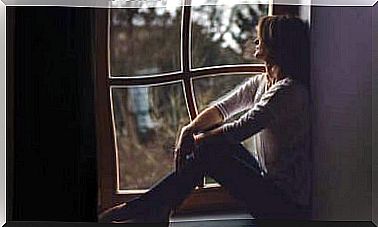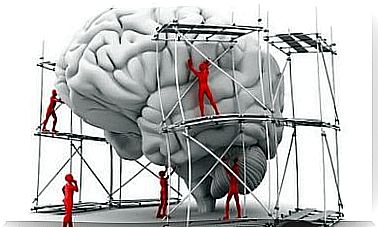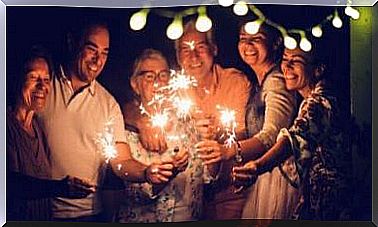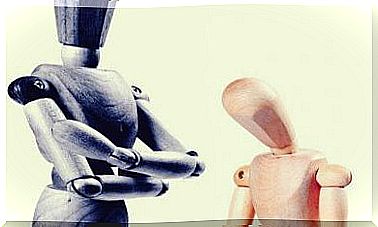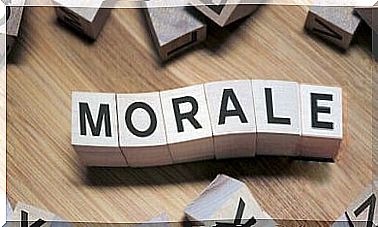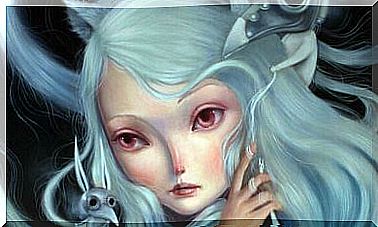The Exorcist: Has The Perception Of Terror Changed?
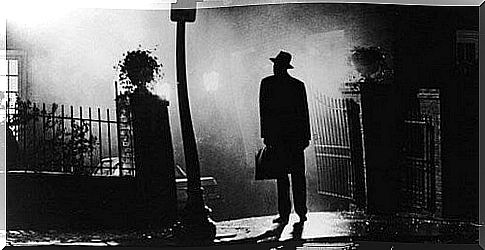
It was the year 1973 when The Exorcist was released in cinemas. Since that time, horror cinema has changed forever : audiences had just witnessed the scariest movie of all time. Word of mouth contributed to his success and the mysteries surrounding the shooting ended up earning him the nickname of “cursed movie”. At the same time, it became the highest-grossing film in cinema history, at least until 2017, at which time it was overtaken by It .
The Exorcist retains a special place in the collective imagination; More than 40 years have passed since its screening and it is still considered the best horror film today because of what it represented. It was also the first film of this genre to be nominated for an Academy Award for Best Picture, although it had to settle for the title of Best Direction and Best Sound Effects. William Peter Blatty was the author of the novel that inspired the film and was responsible for the Oscar-winning script. However, despite the undisputed fortune of The Exorcist , the people who took part in the film did not have the same fate.
Given the success, we would have expected a rain of proposals for the actors, instead many of them remained relegated to the cinema of series B, like Linda Blair herself, the little girl who played Regan. Others, like the Swede Max Von Sydow, had more luck, becoming faces still familiar to the public, thanks to series such as Game of Thrones and titles such as Star Wars or Shutter Island .
The Exorcist caused so much hype that it generated endless queues at cinemas, with people throwing up from theaters and even fainting. But is it really such a scary movie? What is certain is that seeing the Exorcist today does not cause the same effect that it did at the time of the first screening and, for sure, those who see him today have no problem sleeping after seeing him. Can we say that the best film of all time has aged badly? Does it keep its essence?
Have we lost the sense of fear?
The special effects, the make-up and the scenography on which the Exorcist is built were decisive in the 70s, but today they play against it. Accustomed to a cinema that abuses special effects, to much more realistic tricks, it is difficult to see The Exorcist as the horror film it was in its time. Other similar films, with less effects and less “supernatural” have survived better the passage of time.
A good example could be Psyco, which even if today we see it as closer to the thriller genre than to horror, still manages to make us jump and worry us with some scenes. The problem with The Exorcist is that, despite dealing with a controversial topic, this is nothing new. After its screening, countless demonic children landed in cinemas, increasing our stamina. When we see a horror film, we know what to expect and we know that scary and more or less elaborate scenes will appear at some point in the film.
For this reason, if we look at The Exorcist with modern eyes, we could find ourselves in front of a film that causes more smiles than fear. That green vomit, the obscenities that little Regan says and the unrealistic movements of her neck, nowadays stimulate laughter or, at best, disgust. This happens not only with The Exorcist , but with horror cinema in general: we are so used to it that we don’t take it seriously; we know that it is cinema and that, therefore, it is not real.
Although it may seem difficult to believe, even today exorcisms are still performed; however, we must not think of exorcism as a phenomenon linked exclusively to Catholicism, because exorcism is alive in various cultures. Yet it is something that we practically do not know today and even for the Vatican it is difficult to understand whether a person really needs an exorcism or not, so the most obvious thing is to consider them psychiatric problems. Medical, technological and scientific progress has led to the development of greater skepticism.
In support of progress comes the Internet thanks to it we simply “do a google search” on everything we want. The information is just a click away and we can demystify it or counter it. We are therefore faced with a world where there is just a little space left for the paranormal, for mystery and even for fantasy. Are we more rational? Perhaps. Or, what happens is simply that the most logical answers are more at hand.
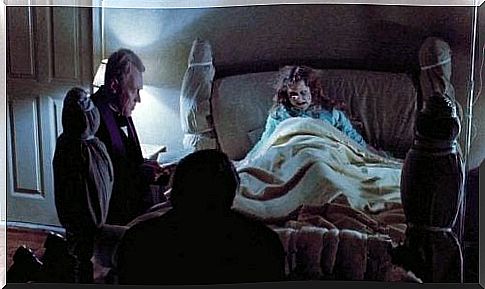
The Exorcist : well beyond possession
Although The Exorcist today doesn’t cause the terror it did in the 1970s, it’s still the eternal best horror movie by most charts. And there was certainly no shortage of films belonging to this genre in the following decades.
An infinite number of mysteries began to revolve around his filming: fires on the set, accidents, the obsession of William Friedkin who strongly wanted a priest to bless the cast, subliminal messages and an infinite number of conspiracy theories.
Some of this gossip raised with a fuss, intensifying the aura of terror and “cursed movie”. Many, however, were not real, although there were some incidents and, perhaps, too many coincidences. All of this contributed to the atmosphere the film was hoping for; the spectators went to see him aware of the fact that they would feel fear, that they would witness something disgusting and all this fed the imagination.
The Exorcist immerses us in a game with a constant dichotomy that brings him closer to reality: good and evil. By presenting evil to us indirectly, it makes us believe in good. Both sides are shown from the beginning, long before the possession begins. Evil surrounds the city, haunts Father Merrin, and takes possession of the innocent Regan. It is important that horror cinema finds a connection with the viewer’s mind, submits them to a psychological game and makes them believe what they are watching.
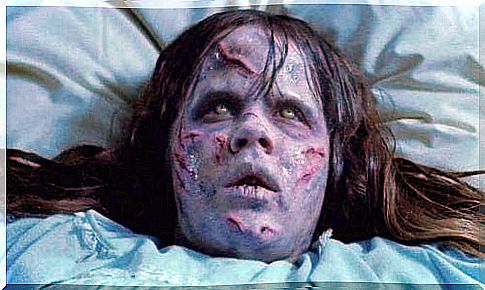
Regan is a lonely child, of whom we do not know any friends, without a father and with a very busy mother. The little girl represents innocence, but she will see herself overwhelmed by evil; the evil of adults, of the world and, finally, of the devil. Father Karras embodies two dichotomies: faith vs science, good and evil; he is a psychiatrist and a priest and carries the death of his mother on his conscience.
Contact with reality
These similarities with reality, empathy and the known space (the modern city) stimulate fear in the viewer. The latter is a physiological response, a reminiscence of our survival. When we watch a horror movie, our heart rate and adrenaline levels go up. But it is a fear under control.
The most terrifying scenes in The Exorcist are those where it is not shown too much, such as the demonic face that appears for a few seconds or the scenes of Karras’ mother. Music also plays a fundamental role, creating the right atmosphere.
The Exorcist makes us identify with the hic et nunc : we are in the 70s and that is the fear in the 70s. Paul J. Patterson of the University of San Diego says fear can change. In the past, monsters like Frankenstein were scary, but today the terror passes through other avenues. Fear is a cultural fact, characteristic of a moment and a place; it causes rejection and fascination almost at the same time.
Faced with a market saturated with horror films, we find a criticism that relegates the genre to a shady background. It’s really hard to make a good horror movie – viewers want to feel scared and obviously a couple of terrifying scenes and special effects aren’t enough. This is why The Exorcist will always have a special place in the context of the genre to which it belongs, since it is a film that, at least in its time, managed to scare us.
